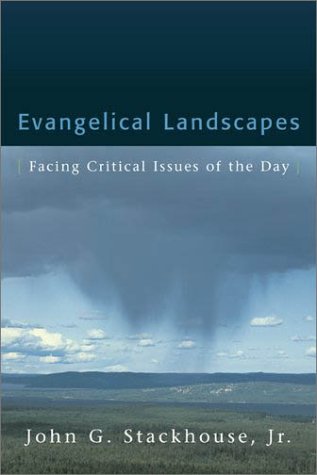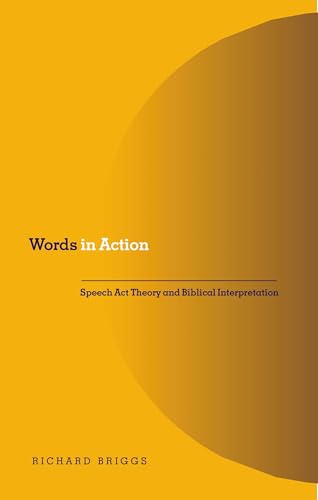BREAKING BARRIERS—THE POSSIBILITIES OF CHRISTIAN COMMUNITY IN A LONELY WORLD
Written by Lyle D. Vander Broek Reviewed By Gareth DaviesOur author introduces his book by describing and critiquing our Western predilection for the body of Christ to meet together less often. He is not concerned merely with our lack of frequency but also the trend towards superficiality and the effect of consistent disappointment in Christian relationships. With a pastoral eye, he highlights the growth of ‘Christians without community’ (12) Was it meant to be like this? What do we have to help us should we choose to build more healthy foundations?
Thankfully his analysis of contemporary society does not dominate the book. Rather, he finds 1 Corinthians to be authoritative material for addressing the key issues of Christian community.
Paul’s letter to the Corinthians is an essential guide for the contemporary church because it forces us to come to terms with both the importance of community and our resistance to it (29).
The structure of each chapter indicates the purpose of the book. He takes certain Pauline themes (those applicable to the community) from the letter, linking them to the relevant passages (e.g. Community and Christian Leaders, 1 Corinthians 1–4) and explains the issues that are being addressed. The reader is given the author’s insight into Paul’s teaching and then the principles are applied to the current (western, more specifically US) context.
Vander Broek demonstrates awareness of divergent views concerning the background situation of the Corinthian church (e.g. his preference for a ‘social analysis of the Corinthian community’ (27) over proto-Gnosticism) but this is not a detailed analysis of alternative theories. Instead, he engagingly argues for a particular interpretation of the text and the devotes similar space to its contemporary application. It would be wrong, however, to infer that the author has adopted a simplistic approach to Paul’s instructions, as his discussion of ‘Food sacrificed to idols’ demonstrates (cf. concluding paragraph, p. 94). But this is a book that works hard to make pastoral theology ‘live’ in its application and to be accessible to most members of the Christian community. It will, therefore, require to be read alongside other works by those who are searching for academic rigour.
His discussion about the roles of men and women in the church is informative and helpful. Having shown that acceptable appearance is a culturally sensitive issue, he outlines the case for gender difference but ‘functional equality’ (81). Seeing the distinction so clearly between what we are and what church roles we are gifted for will prove difficult for some. He is keen to promote Christian community as the fitting place for ‘intergender friendships’ (84), for better understanding of the unique qualities of each and for the wider enrichment of single and married alike. He, however, also suggests that without releasing female leadership gifting in the church we cannot ‘fully empower the community in its task’ (81). He writes with the kind of conviction that will frustrate complementarians but clearly thinks that Paul has been read too often through patriarchal eyes.
This is a challenging book that tackles a most urgent need for the Western church. It is winsomely written, thoughtful but not dull, realistic about the task without losing a sense of hope. It would, perhaps, have benefited from a final chapter to gather the threads together and help the reader to visualize this healthy community. Nevertheless, it is difficult to imagine anyone reading it without recognising their own tendency to do it alone and the essential call for us to value our God-given family impractical ways.
Gareth Davies
Christchurch






